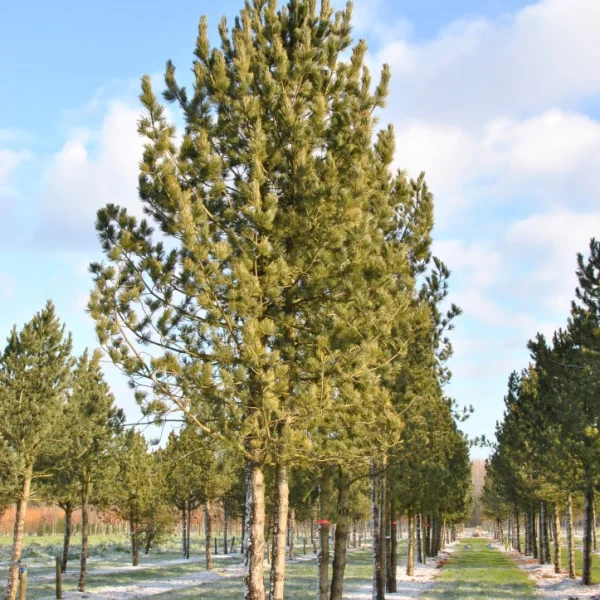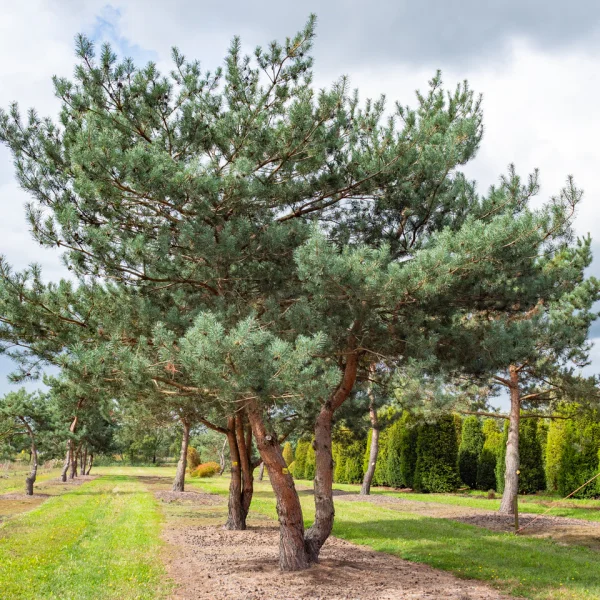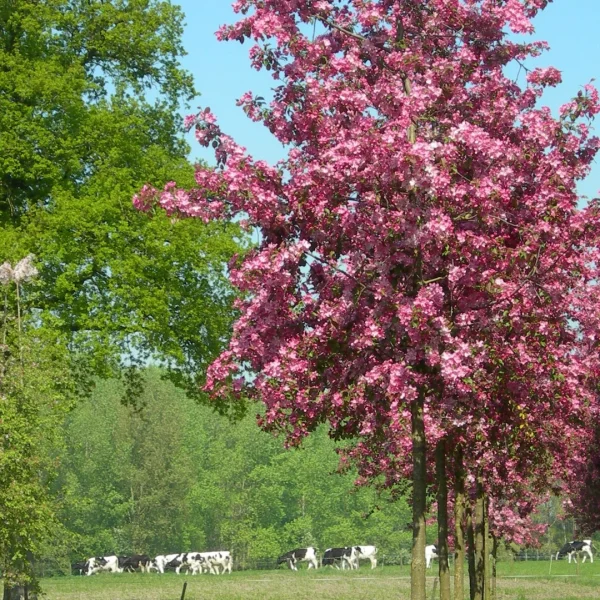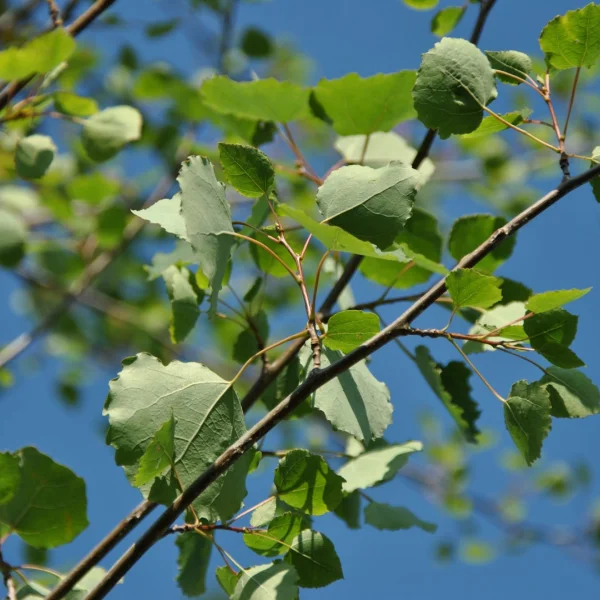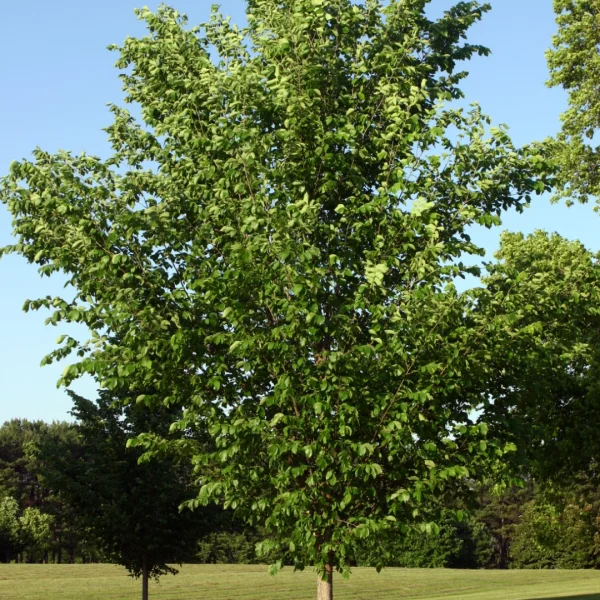Winter hardiness is in the genes of trees. Understandably, trees which naturally occur in temperate zones are less tolerant of frost than trees from cold regions. The maps show Europe’s different climate zones with their corresponding minimum temperatures and the trees are classified according to their resistance to frost. Using the tree filter on this website, you will be able to find which trees suit which zones in terms of winter hardiness. The right winter hardiness zone can be selected under 'site requirements' filter.
Hardening of trees: every year again
What’s more, each tree rebuilds its winter hardiness in autumn. For optimum hardening the tree has to be exposed to temperatures below 5ºC for a few nights, after which they should not be transported too quickly to considerably colder locations, such as upland areas. Make sure that a tree hardens off and builds up proper winter hardiness before transplanting it. Damage can occur if trees are transplanted too soon and this certainly applies in areas with large temperature variations and valleys with a Föhn wind.
In spring, as the weather gets warmer, the winter hardiness of all trees decreases. If the temperature remains above 15 ºC for a few days, the winter hardiness can be considerably reduced. In areas where there is a Föhn wind or where there is extreme cooling off of the air after a warm spring, late frost may cause damage. Sensitivity varies from species to species. Trees which sprout early on - something which is determined by the genetic predisposition of a plant - are at a greater risk of damage. If we put all of these factors together, we can see that when evaluating frost resistance, not only the absolute minimum temperature, but also the hardening off and the time of transplanting are relevant.
 English
English
 English (United Kingdom)
English (United Kingdom)
 Nederlands
Nederlands
 Nederlands (België)
Nederlands (België)
 Deutsch
Deutsch
 français
français
 čeština
čeština
 polski
polski
 español
español
 română
română
 dansk
dansk
 svenska
svenska
 magyar
magyar
 Türkçe
Türkçe
 slovenčina
slovenčina
 русский
русский
 norsk
norsk






